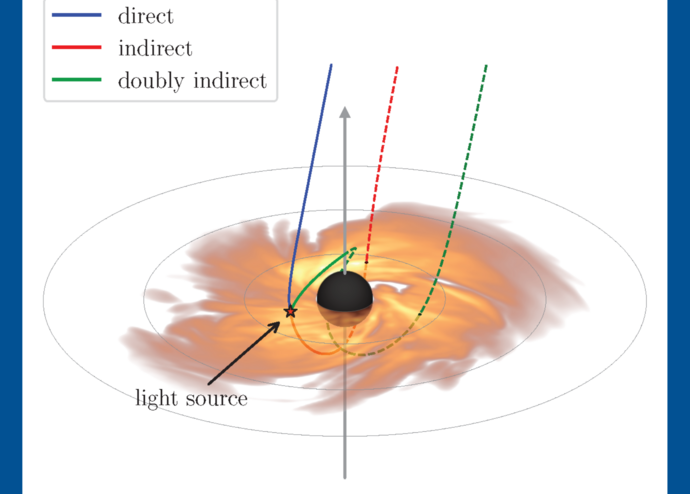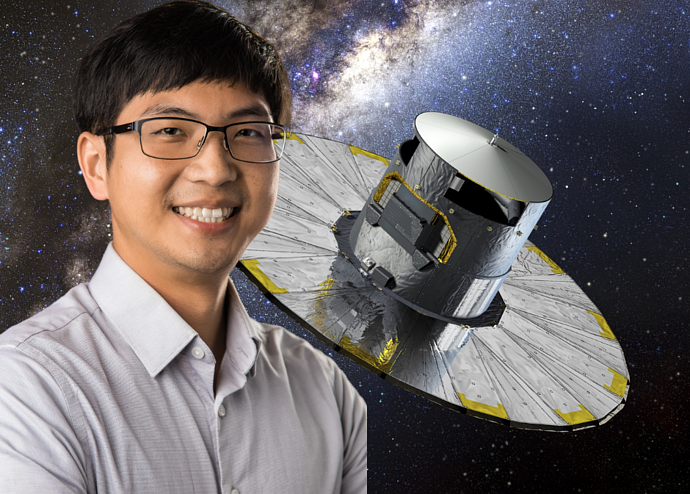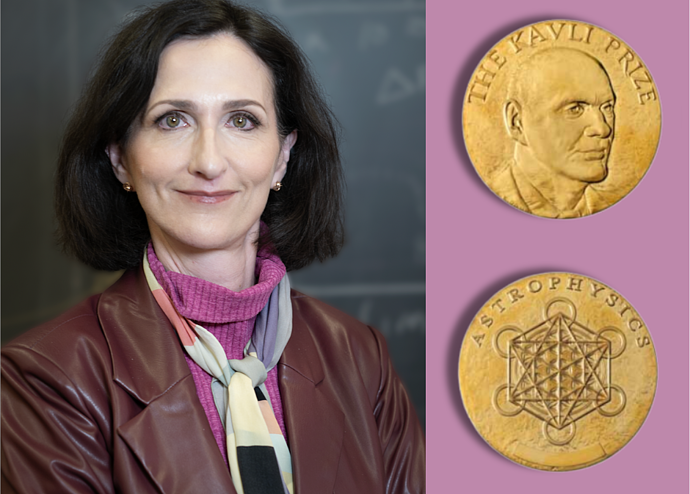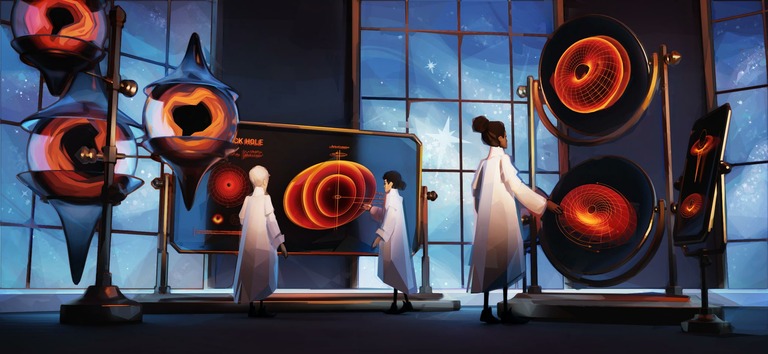
Astrophysics Group
The IAS Astrophysics Group supports a broad-based theory program. Our aim is to provide a stimulating and supportive environment that enables postdoctoral researchers, Visiting Professors, and Sabbatical Members to conduct research at the highest possible level of quality and impact. Members have complete freedom to choose their own research problems and may work on these individually or in collaboration with other Members, the faculty, or scientists from outside institutions. The faculty provide leadership, guidance, and mentoring for postdoctoral researchers. The primary criterion for appointing Members is the originality, impact, and promise of their research. Secondary considerations at the senior level include the applicant’s ability to mentor junior researchers and to achieve a balance between diversity and focus in the research conducted at the School.
Our members are a diverse group representing people from all parts of the world, covering a large range of cultural backgrounds. The mid-career and senior Members provide a good resource for the postdoctoral Members and are an important piece of the intellectual life of the group. Part of the appeal of IAS is its residential nature. The on-campus housing is convenient and increases the interactions between Members with their colleagues’ partners and families.
APPLY
If you would like to apply for membership, applications must be received by November 15 for the following fall term.








